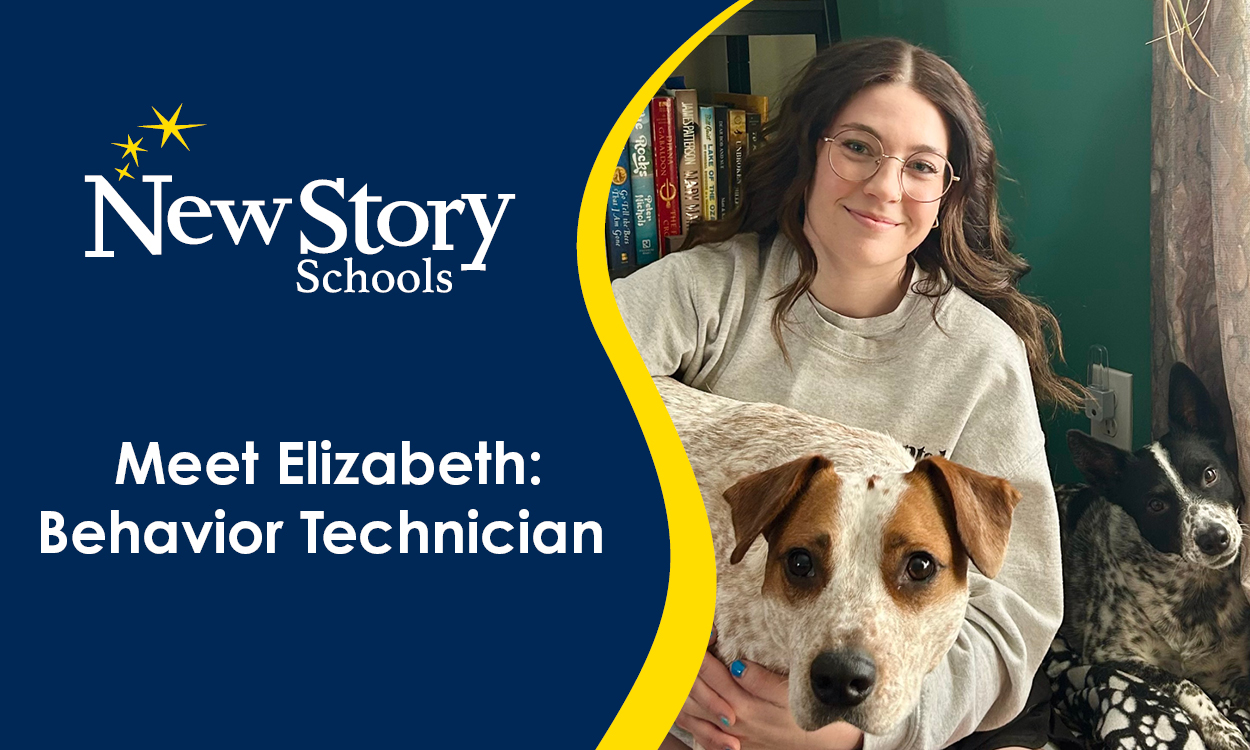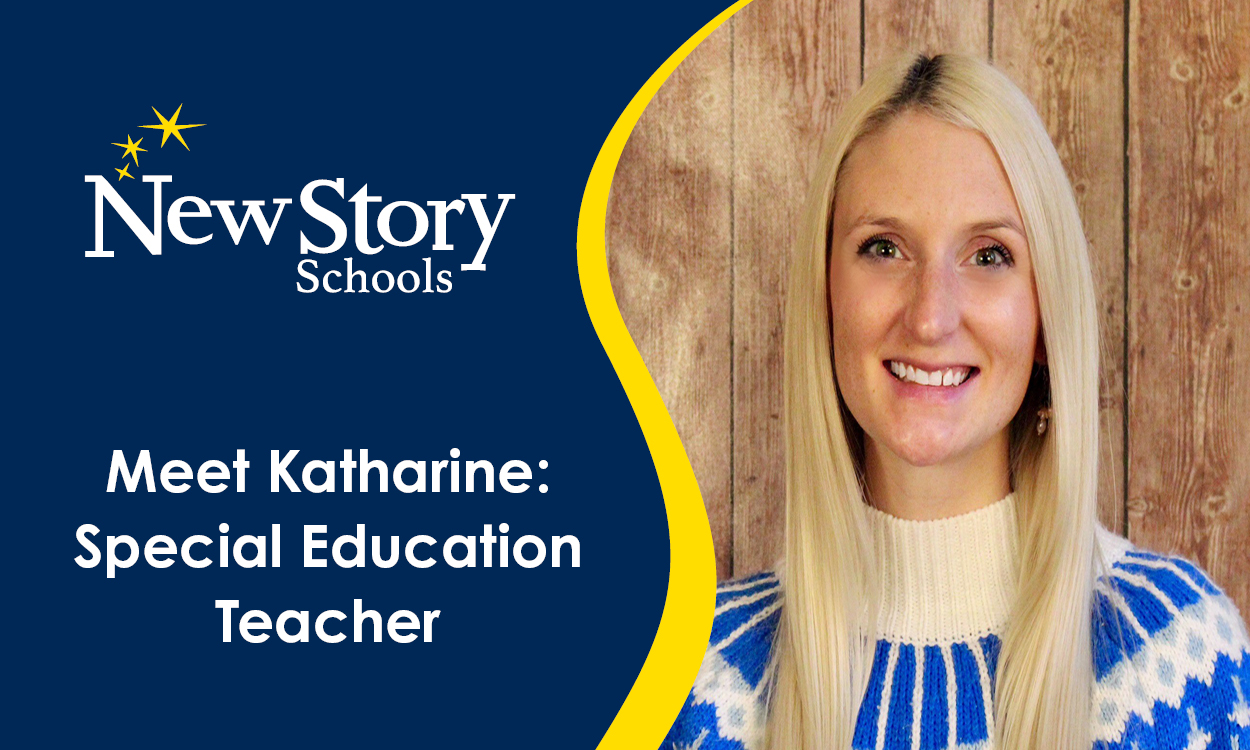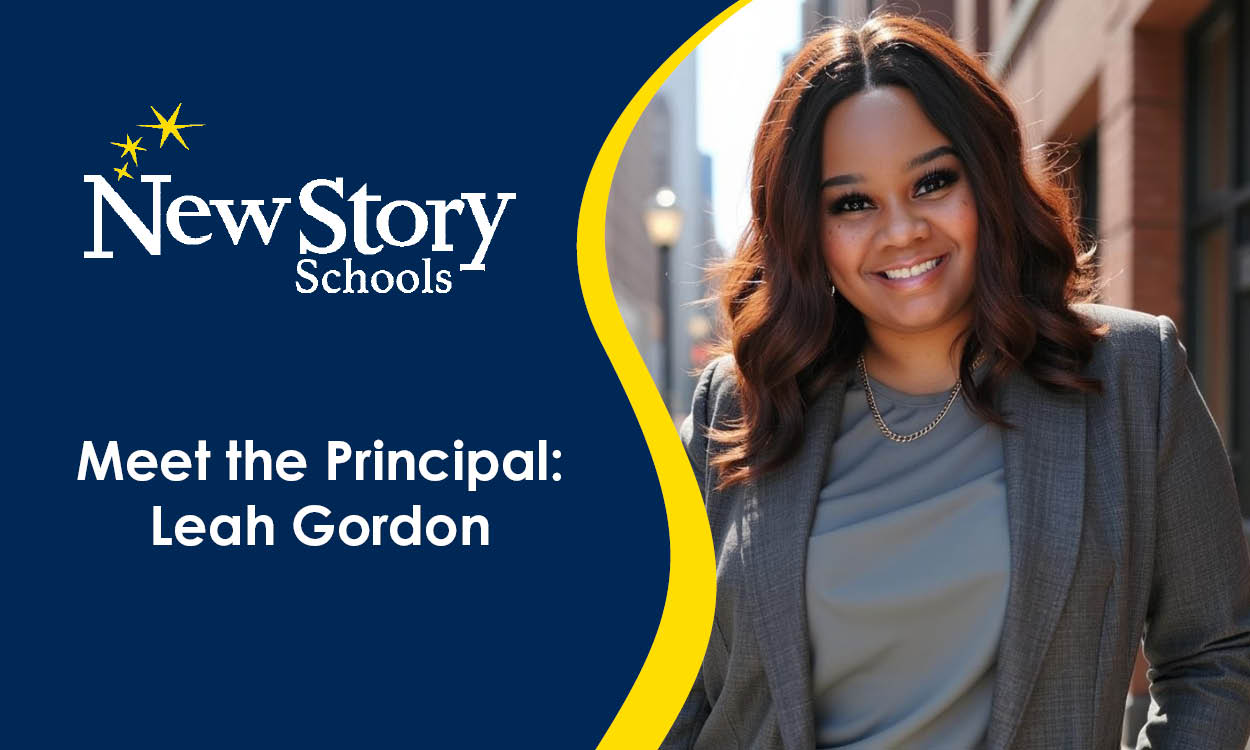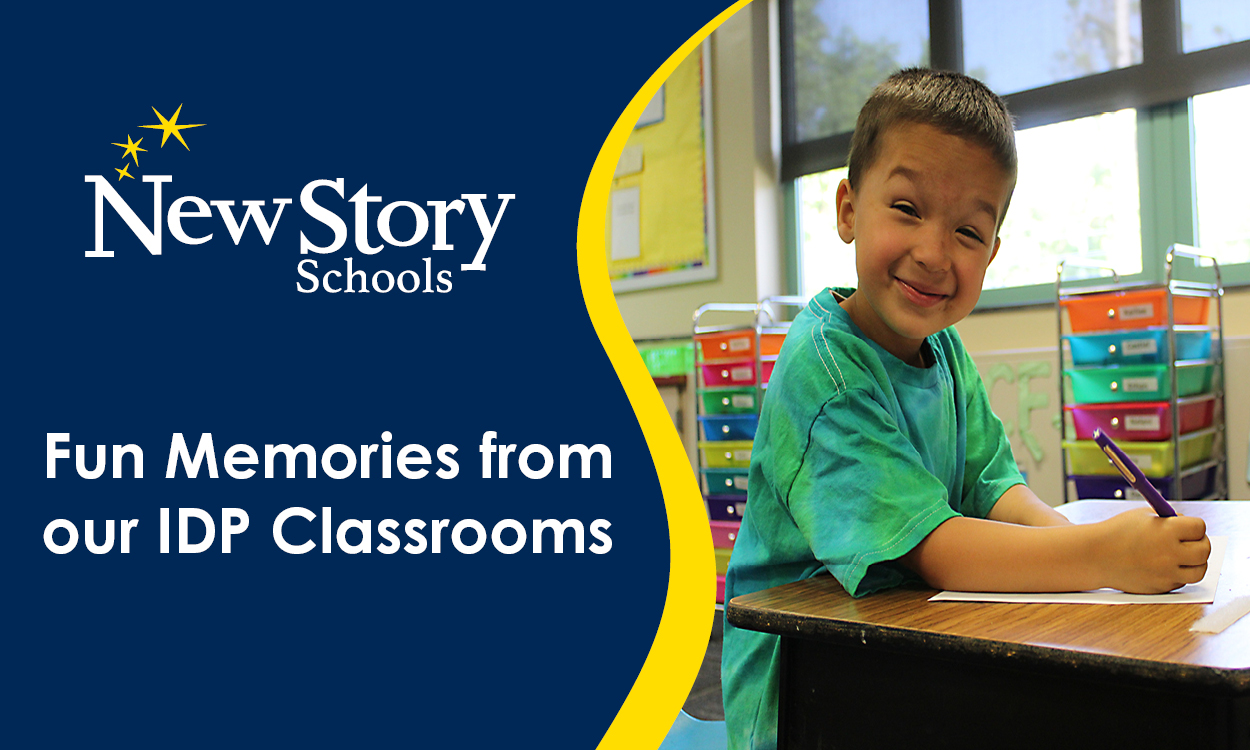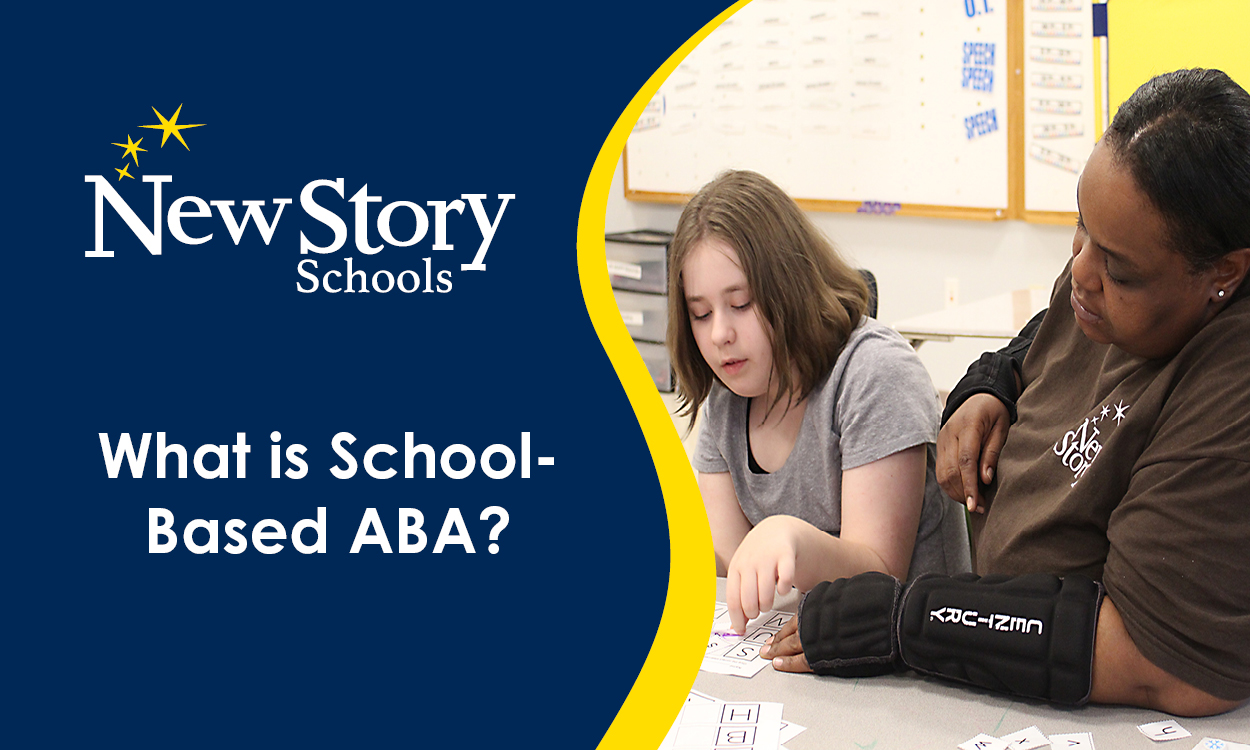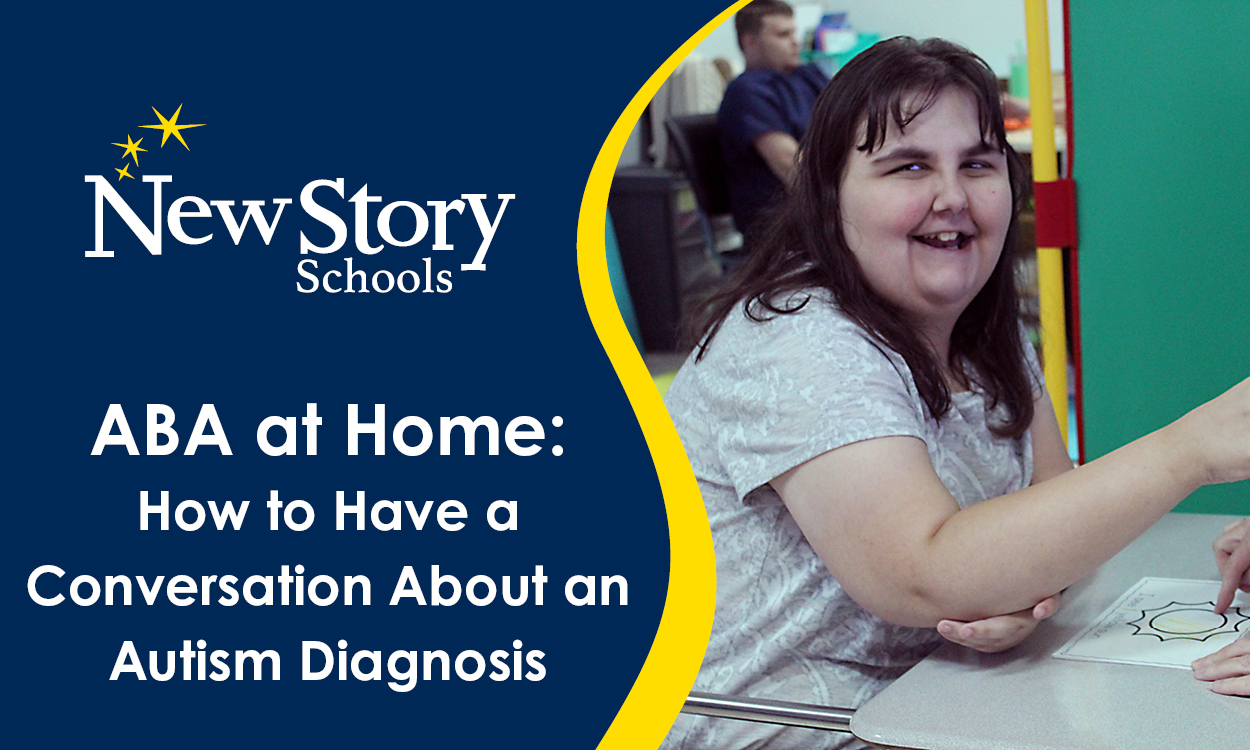Enhancing Classroom Communication
Posted: March 26, 2025 | Written By: Drew Delligatti | Category:
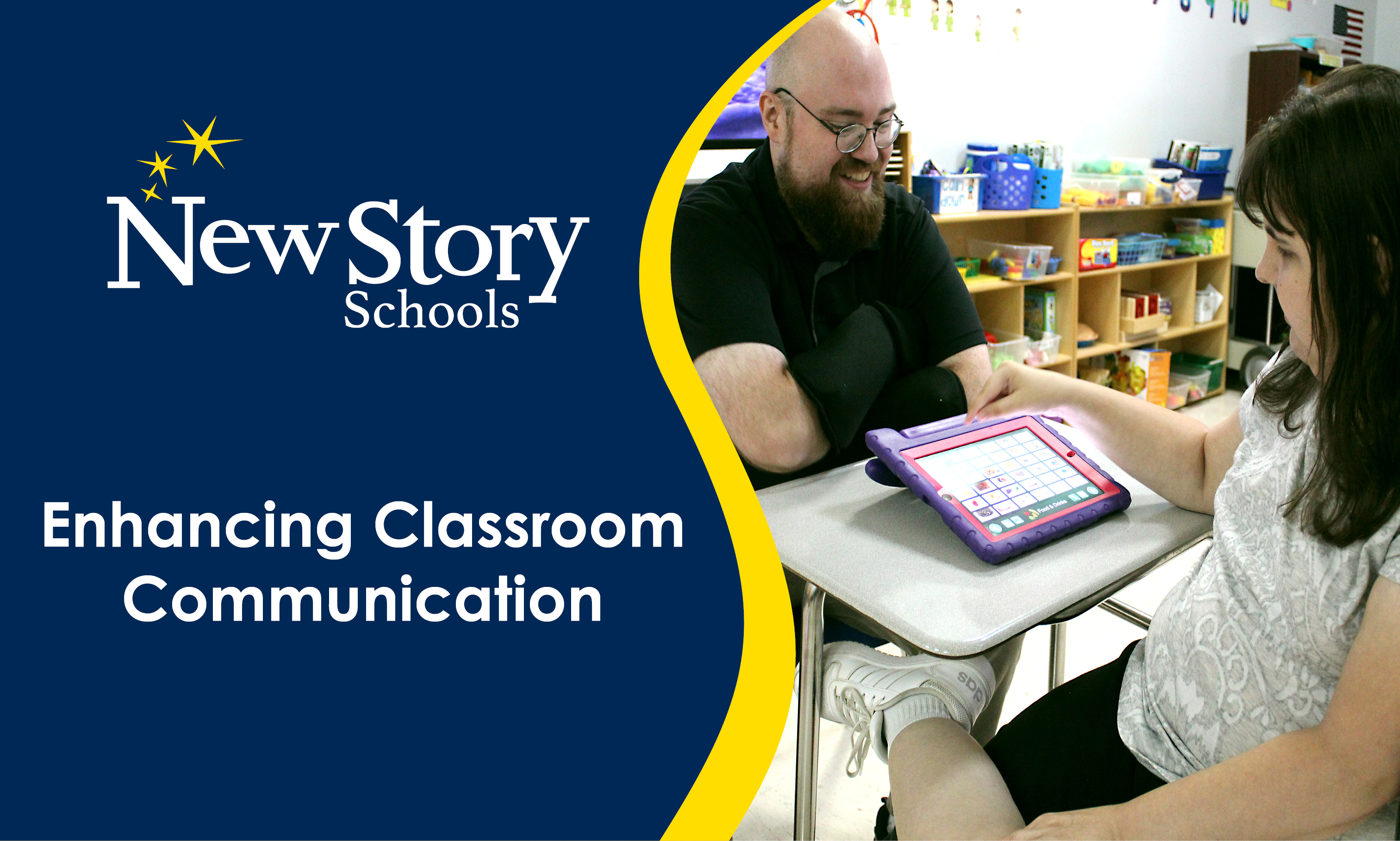
This blog was written by Sampada Desai, Therapist, Lynchburg South Rivermont School, part of the New Story network of schools and services.
Communication is essential for successfully engaging with the world. In the classroom, communication is vital for effective learning outcomes, because it helps students to learn and participate in discussions. In an educational setting, teachers and students exchange information by sharing ideas, questions and answers, direct instruction and giving feedback. Teachers use several methods to communicate, including speaking, writing, visual aids, and technology.
Two Main Types of Communication
Verbal communication uses speech or writing to convey messages. Face-to-face interactions, classroom instruction, and discussion are a few examples.
Nonverbal communication happens in the absence of words, written or spoken. Body language, facial emotions, gestures, appearance, and vocal tone are some examples.
Some Strategies to Communicate with Verbal Students
- Use clear, concise language suited to the students' age and comprehension level.
- Ask follow-up questions to demonstrate understanding and encourage deeper thinking.
- Encourage critical thinking and engagement by asking questions that require more than a "yes" or "no" answer.
Some Strategies to Communicate with Nonverbal Students
- Avoid jargon unless it is part of the lesson, and explain terms as needed.
Use hand movements to emphasize points and clarify instructions. Avoid overly dramatic gestures that might distract or confuse students.
- Be aware of cultural differences in nonverbal cues, as gestures or expressions can vary in meaning.
- Visual aids like charts, diagrams, and technological tools can significantly enhance communication, especially for students who may have difficulty with traditional verbal instruction. These aids can also benefit students who are visual or auditory learners. Examples of technological aids are interactive learning platforms (e.g., Google Classroom) real time collaboration with Apps like Google Drive, Virtual Classes via Zoom, social media platforms and educational games and interactive simulations on platforms like Kahoot.
Integrating Communication Strategies for Most Learners
Since not all students in a typical classroom communicate in the same way, educators must build skills to work with both verbal and nonverbal communicators. This also creates a more engaging learning environment. Here are some examples of teaching modalities to incorporate:
- When explaining a concept, use gestures or visual aids to reinforce the explanation. Align your tone and body language to avoid mixed messages (e.g., do not say “great job” with a frown).
- Observe students’ nonverbal cues (e.g., confusion or disengagement) and adapt your approach accordingly.
- Teach content from audiobooks, movies, videos, and digital media instead of reading print versions.
Other Learning Challenges
Besides the differences in style of communication, many students face challenges (physical, psychological, language, cognitive, cultural, technological) which can lead to misunderstandings, confusion, and impaired learning. To address these barriers, accommodations and modifications to teaching, the environment, instruction material and testing are essential. Here are some examples:
- Class notes provided
- Recorded lectures and audiobooks
- One-on-one teaching
- Change in difficulty level of assignments
- Typing instead of writing
- Verbal or hands-on demonstration instead of a written paper
No matter what kind of students we have in the classroom, all communication must occur in a space of respect, inclusiveness, active listening, empathy, non-judgment, clarity, and patience.
Want to be notified of new articles and resources from New Story Schools? Submit your email and opt into our newsletter!


